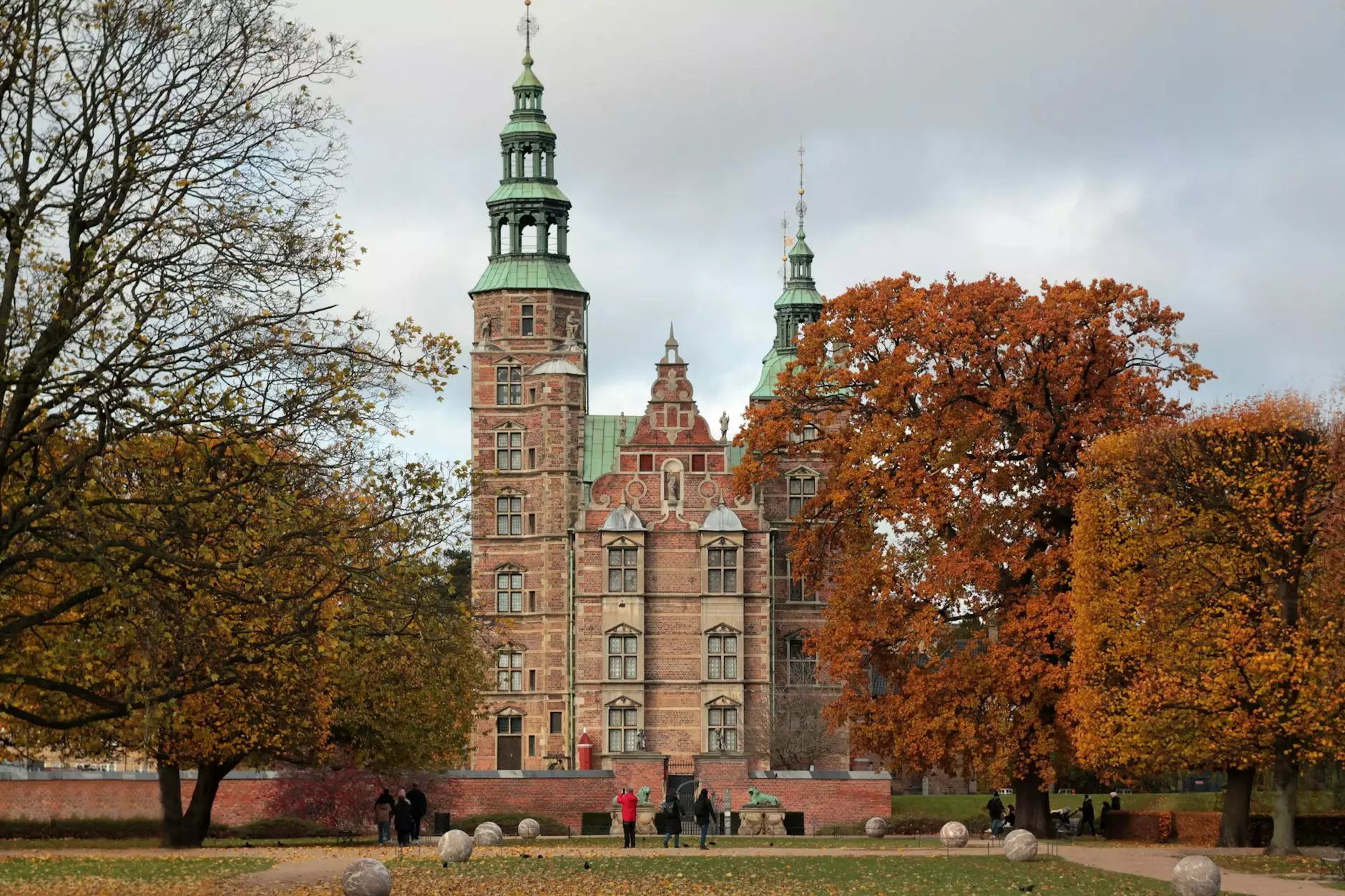The Influence of Women Light Artists in Contemporary Art

Women light artists have emerged as pivotal figures in the realm of contemporary art, bringing a fresh perspective on light, space, and the human experience. Their innovative use of light not only transforms spaces but also engages and captivates audiences, pushing the boundaries of artistic expression. This article delves into the significant contributions of these remarkable artists, explores their unique styles, and highlights how they are reshaping the art world today.
Understanding the Role of Light in Art
Light has always played a crucial role in the world of art. It enhances colors, creates mood, and even influences perception. For female artists, the manipulation of light serves as a profound medium to convey messages, evoke emotions, and tell stories. By wielding light as their primary tool, these artists challenge traditional norms and encourage viewers to reconsider their surroundings and the world around them.
The Evolution of Light Art
- Historical Background: Light art has roots tracing back to ancient cultures, where natural light played a significant role in architectural designs and artworks.
- Modern Developments: In the 20th century, technological advancements facilitated new forms of artistic expression, including neon lights, projections, and interactive installations.
- Contemporary Interpretations: Today, women light artists blend technology with traditional art forms, creating immersive experiences that challenge audience engagement.
Highlighting Remarkable Women Light Artists
Numerous women light artists have made indelible marks on the art scene, each bringing her individual vision and innovative techniques. Here, we celebrate a few influential figures in this dynamic field:
1. Grimanesa Amorós
One cannot discuss women light artists without mentioning Grimanesa Amorós. Her stunning light installations not only illuminate but also transform the spaces they inhabit. Amorós, a Peruvian artist based in New York, explores themes of identity, culture, and community through a lens of vibrant light and color. Her intricate designs often draw inspiration from her Peruvian heritage, merging traditional motifs with modern technology to create stunning visual symphonies.
2. Jennifer Steinkamp
Another trailblazer in the realm of light art is Jennifer Steinkamp. Her work utilizes computer animation to create mesmerizing installations that interact with the architecture they occupy. Steinkamp's immersive environments often blur the lines between nature and technology, as she animates organic forms with light and movement, inviting audiences to experience nature in an entirely new way.
3. Ann Hamilton
Ann Hamilton is known for her multidisciplinary approach, incorporating light into her installations to create interactive experiences. Her works often engage multiple senses and provoke reflection on the passage of time and the human experience. Hamilton's art poignantly highlights how light can alter perception and create transformative experiences, enveloping viewers in a profound sensory dialogue.
The Impact of Women Light Artists on the Art Community
The contributions of women light artists extend beyond their individual masterpieces; they challenge and redefine the role of women in the arts. Through their innovation and creativity, they navigate a male-dominated field, inspiring future generations of female artists to explore light as a medium of expression.
Breaking Barriers
Women light artists have been at the forefront of breaking barriers in the contemporary art scene. Their unique perspectives and experiences enable them to redefine artistic boundaries and redefine what art can be. By embracing technology and integrating it into their work, they forge new paths for artistic exploration and expression. This has opened doors for upcoming artists to challenge existing paradigms and experiment with their practices.
Empowering Future Generations
The visibility of female light artists inspires younger generations to pursue careers in art and technology. As their work gains greater recognition, these artists serve as role models and mentors, fostering environments where emerging talents can thrive. Through workshops, exhibitions, and speaking engagements, they share their knowledge and experiences, encouraging the next wave of artists to think creatively and fearlessly.
The Transformative Power of Light in Art
The use of light in art transcends mere aesthetics; it carries a profound symbolic weight. Light has the ability to evoke emotions, stimulate memories, and inspire contemplation. Artists harness this power to create spaces that invite viewers to engage deeply with their surroundings.
Creating Immersive Experiences
Women light artists excel in crafting immersive experiences that captivate audiences. Through clever design and thoughtful placement of light sources, they shape environments that envelop viewers in the emotional landscapes of their creations. Whether through large-scale installations or intimate exhibits, these artists encourage participants to move, explore, and connect with the artwork as they shape their experiences.
Encouraging Reflection and Dialogue
Light art also serves as a platform for dialogue about societal issues. Many women light artists use their chosen medium to comment on themes such as identity, community, and the environment. By engaging the audience in conversations around these topics, they create spaces for reflection and critical thinking, making their art not just a visual experience, but a catalyst for change.
Challenges Faced by Women in the Art Scene
Despite their successes, women light artists still face numerous challenges in the contemporary art landscape. The art world has historically favored male perspectives, often sidelining the contributions of female artists. This can lead to a lack of representation, unequal opportunities, and undervaluation of their work. However, the resilience and determination of these artists have propelled them forward, proving that their voices matter immensely.
Addressing Gender Disparities
Efforts to address gender disparities in the art world are growing, with organizations and initiatives aiming to promote female artists and their contributions. Exhibitions dedicated solely to women artists, such as “Women in Light” and “Her Light,” are becoming increasingly popular, recognizing and celebrating the significant impact of women light artists.
Building Support Networks
Women artists are also forming support networks that empower one another, providing platforms for collaboration, mentorship, and sharing of resources. These networks foster a sense of community and solidarity among female artists, encouraging them to share their experiences, successes, and challenges, thereby amplifying their collective voices in the art world.
Future Prospects for Women Light Artists
The future for women light artists appears promising, with a growing recognition of their talent and contributions. As technology continues to evolve, it opens up new avenues for artistic expression and experimentation. Women light artists are poised to lead the way in reimagining art forms that intersect with innovation.
Integrating New Technologies
As advancements in technology shape the future of art, women light artists can leverage digital tools such as augmented reality, virtual reality, and even artificial intelligence. These technologies provide exciting opportunities for interactive and immersive artwork, expanding the possibilities of how light can be utilized in art.
Global Collaborations
The rise of global platforms for art exchange encourages women light artists to collaborate across borders, sharing ideas and cultural insights. This cross-pollination of artistic practices fosters creativity and innovation, further enriching the art world with diverse perspectives and experiences. The collaboration among women artists creates a powerful network that champions inclusivity and representation.
Conclusion
Women light artists are making significant contributions to contemporary art, challenging norms and creating transformative experiences that resonate with audiences worldwide. Their innovative use of light not only transforms physical spaces but also invites deeper engagement and reflection on societal issues. As they continue to break barriers and inspire future generations, their influence on the art world will undoubtedly grow, ensuring that their voices remain at the forefront of artistic dialogue. By recognizing and supporting women artists, we pave the way for a more inclusive, vibrant, and innovative future in the art community.









